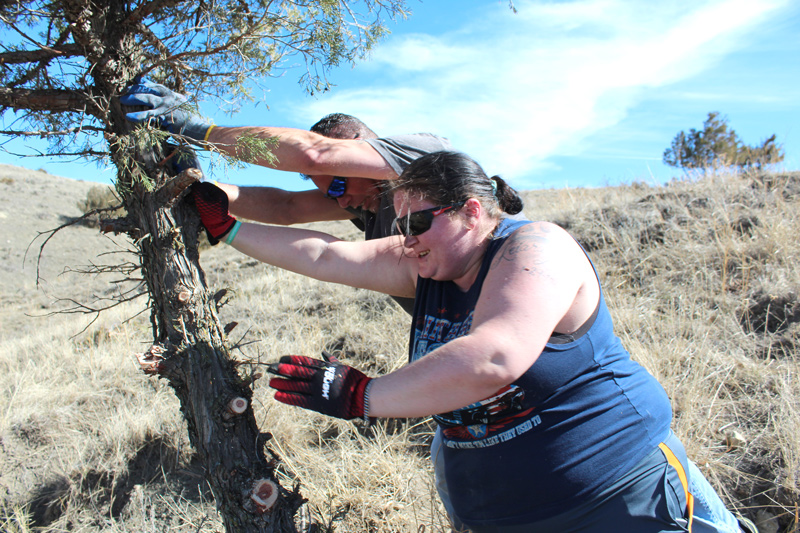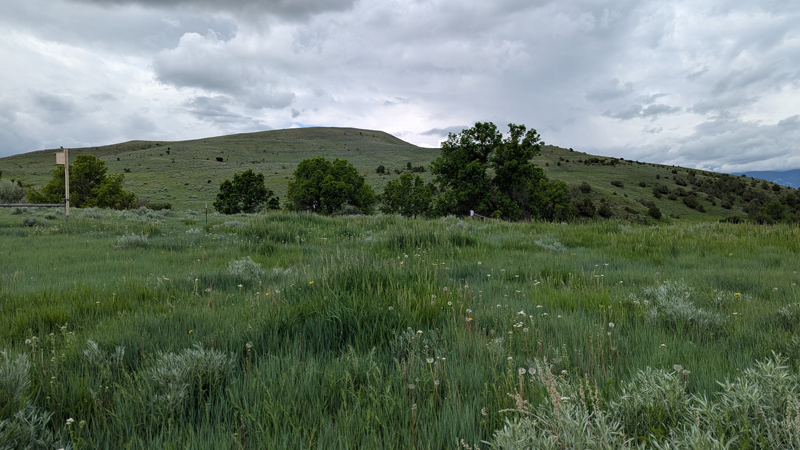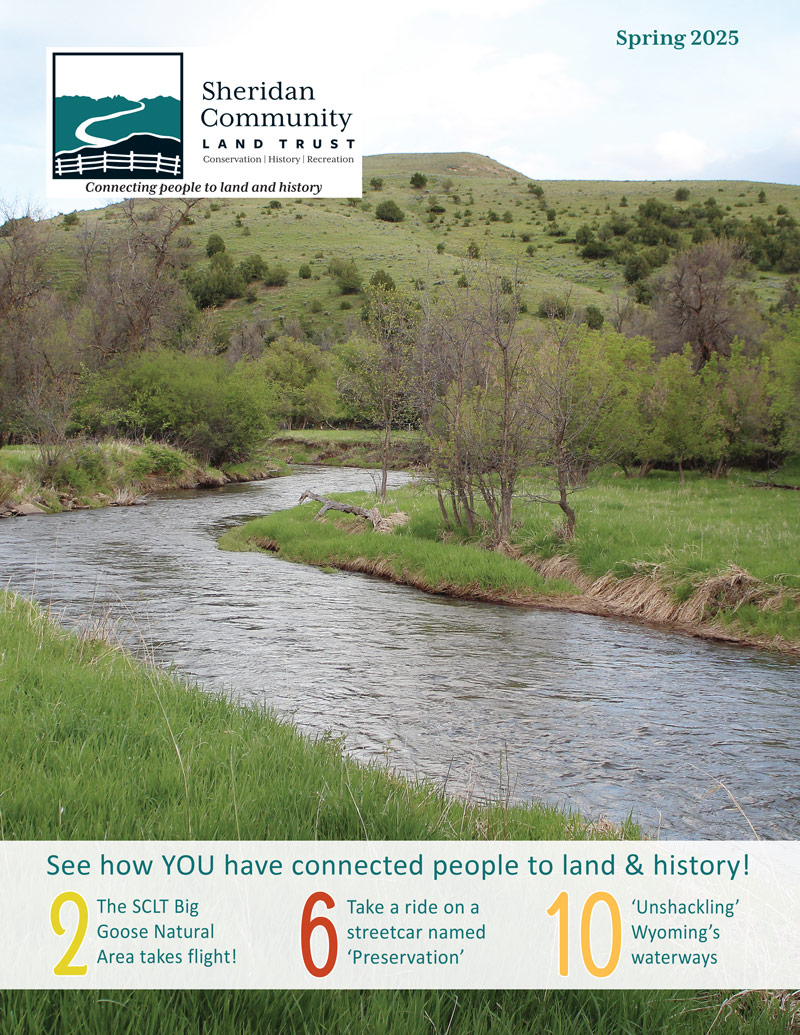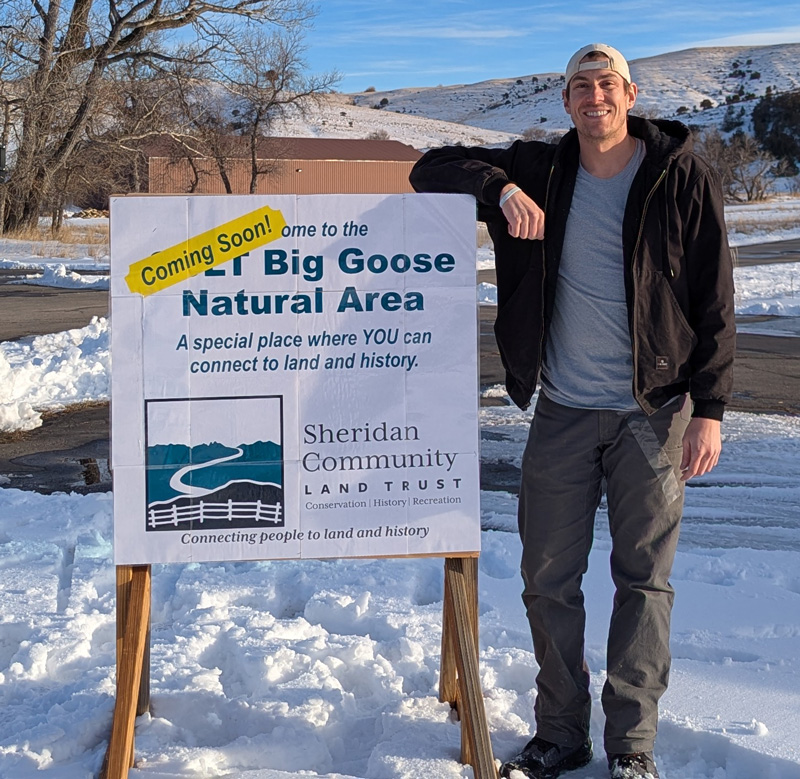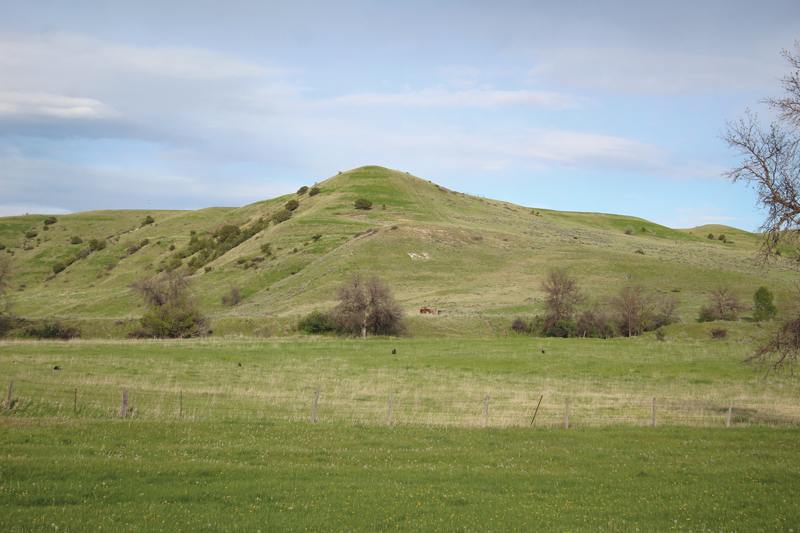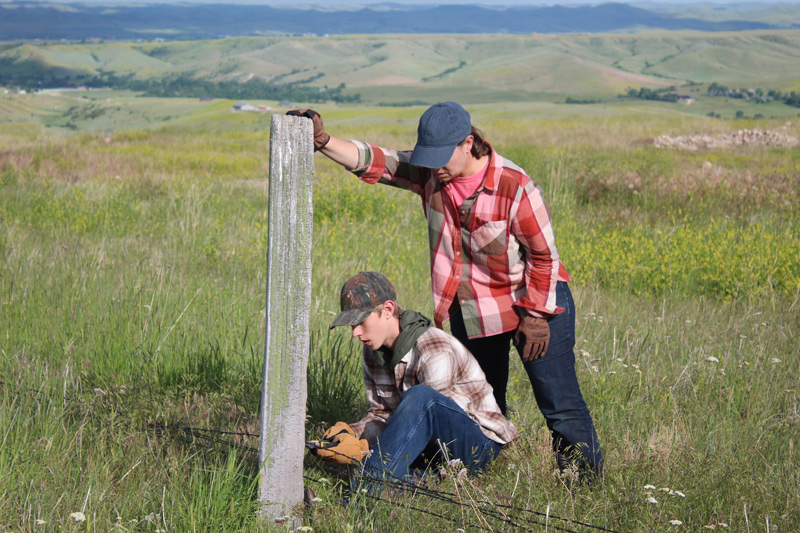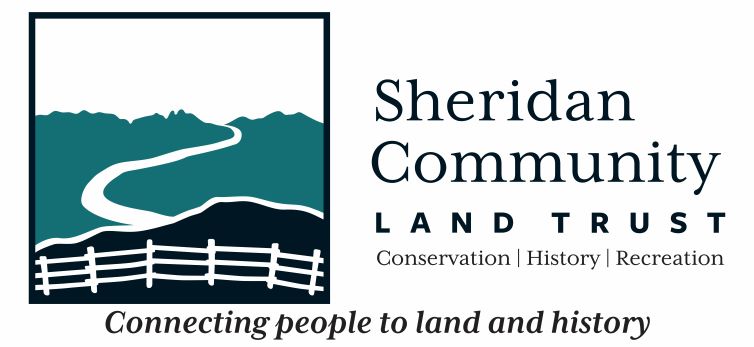At Big Goose Natural Area (BGNA), SCLT is working hard to restore the land to its natural glory—by removing junipers that are crowding out native grasses and wildlife.
“Across the West, unchecked juniper growth is hurting native ecosystems,” explained John Graves, SCLT Director of Conservation. “Junipers compete with native grasses for water and space, reducing habitat for mule deer, sage grouse, and other ground-nesting birds.”
While junipers are native, their expansion into grasslands has gone largely unmanaged due to decades of fire suppression. Historically, frequent, low intensity fires kept young junipers from colonizing grasslands. Without natural controls, they’ve spread rapidly across grasslands, changing the landscape in ways that reduce the number of different plant and animal species and increase fire risk.
Once established, the patches of dry, barren dirt that form around the intruding junipers creating openings for invasive grasses to grow. This makes it even harder for healthy grasslands to take hold.
“The thick cover of junipers creates dry conditions fueling more frequent and intense wildfires. They also open ‘islands’ of dirt where invasive grasses thrive,” Graves reasoned.
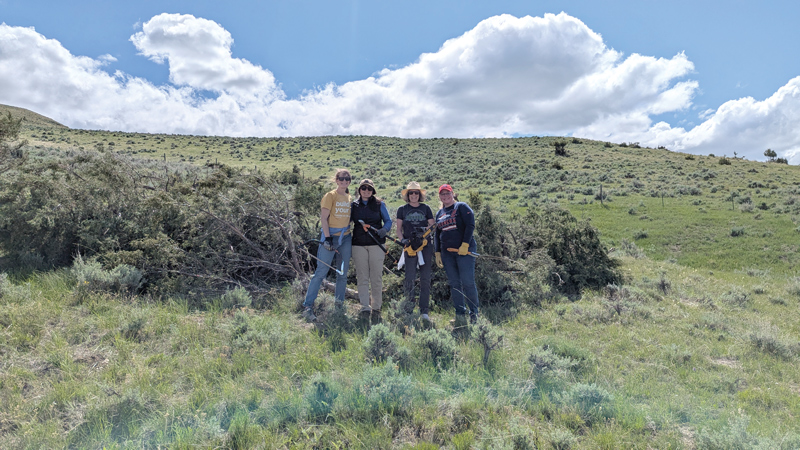
Whitney Benefits employees volunteered to help remove juniper at the SCLT Big Goose Natural Area in May 2025
“Removing junipers gives native grasses and wildlife a chance to thrive again.” ~ John Graves, SCLT Director of Conservation.
Removing trees is never an easy decision. However, by removing junipers from the BGNA’s grasslands, SCLT is following current management recommendations developed by the NRCS and University of Wyoming. As part of the long-term management of the BGNA, Graves said SCLT will be also working to improve habitat in the cottonwood pasture along the creek so that it is flush with birds, deer, and other wildlife.
“SCLT strives to utilize current science and best management practices as it stewards a community gem like the BGNA for today and the future,” Graves offered.
We are excited to witness the birds and animals that will appreciate the local mix of habitat with the restored grasslands on the BGNA and junipers that are established throughout the valley.
Once the junipers are cleared, SCLT expects to see native grasses reclaim the hillsides within a few short years, creating healthier forage for wildlife and better habitat for grassland birds.
So, should you do the same on your land? “Thick dense stands of junipers typically do not see cost/benefit of removal and habitat improvement that would justify the undertaking,” Graves advised. “Removal of small stands and sporadic growth is a manageable project with real habitat improvements seen in the first couple of years.”

